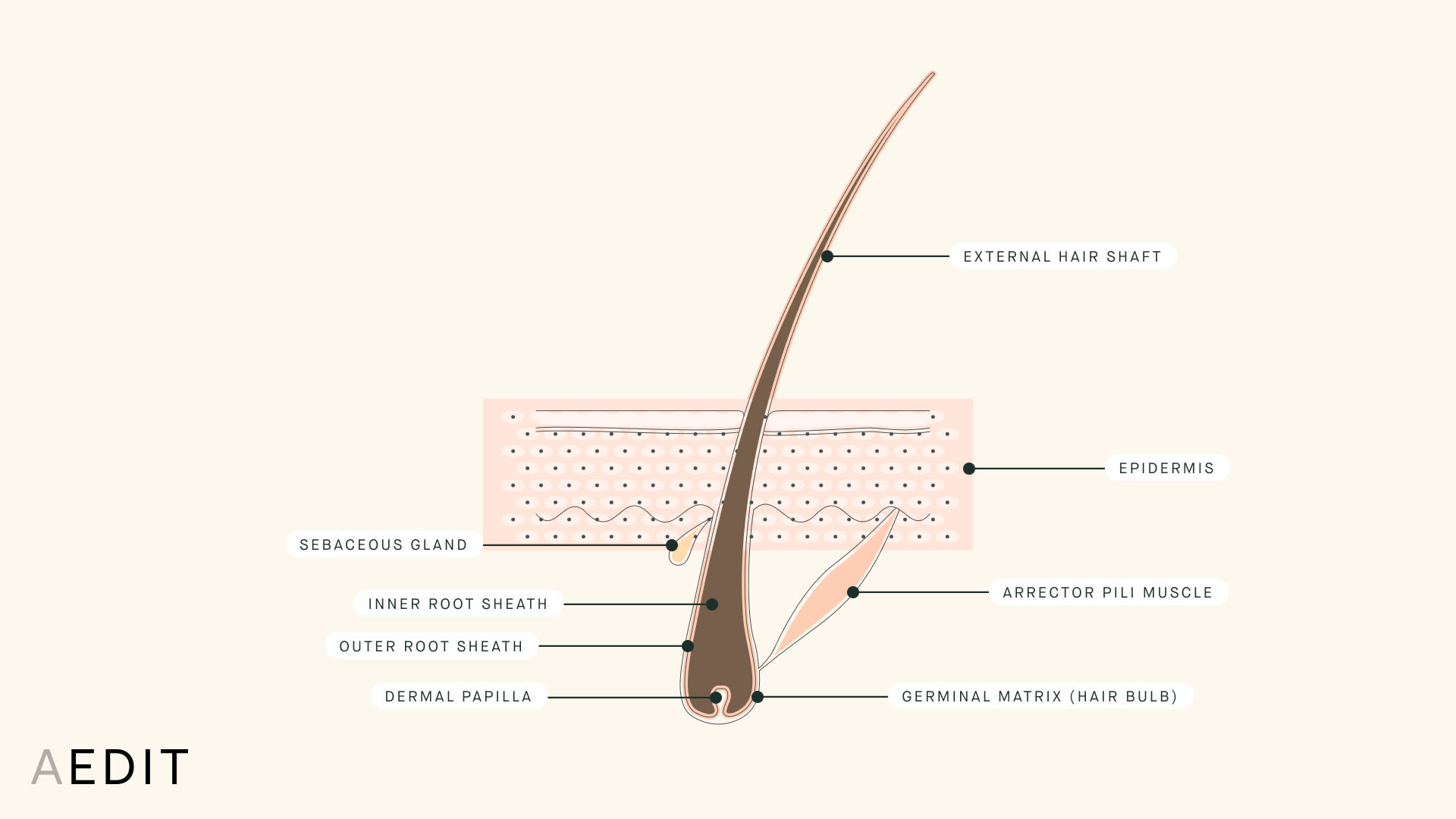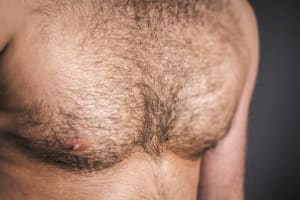
The Skinny
Average Recovery
2 weeks
Permanence
Permanent
Application
Minor Surgical Procedure
Surgical
Yes
Cost
$4000 - $10000
AEDIT
Before & After Images by Provider



Before & After Images by Provider
Follicular Unit Transplantation
The Specifics
What is follicular unit transplantation?
Follicular unit transplantation (FUT), also known as strip harvesting, is a surgical hair restoration procedure to naturally improve hair volume, density, and distribution. This is achieved through extraction and reimplantation of healthy hair follicles into bald areas or thinning areas.
The Anatomy of a Hair Follicle

Unlike follicular unit extraction (FUE), which utilizes numerous small donor sections of the scalp, FUT uses one larger strip of donor scalp taken from the back of the head. This procedure can be used to improve hair appearance of the scalp, the eyebrows, or facial hair. It is best for patients experiencing hair loss due to a hereditary condition (like male or female pattern baldness), age-related hair loss and thinning, or traction alopecia (hair loss from overly tight hairstyles).
What cosmetic concerns does a follicular unit transplantation procedure treat?
Who is the ideal candidate for a follicular unit transplantation procedure?
The ideal candidate for a follicular unit transplantation is seeking to correct areas of baldness or hair thinning, and/or a receding hairline. FUT candidates must have adequate hair follicles and growth for transplantation. follicular unit transplantation is not recommended for those with poor donor sites, or those with hair loss due to medication, stress, medical treatments, or any other reversible cause.
What is the average recovery associated with a follicular unit transplantation procedure?
Recovery time from follicular unit transplantation is slightly longer than that of follicular unit extraction due to the single strip technique and suture closed incision. Daily wound care must be performed at the incision site for one week. Most patients return to work and resume light exercise within one week. Normal hair care can be resumed within 10 days. Patients should avoid strenuous exercise and movement that stretches the back of the neck for four weeks.
To better understand the healing and downtime associated with the procedure, check out our complete guide to hair transplant recovery.
What are the potential side effects of a follicular unit transplantation procedure?
Possible side effects from a follicular unit transplantation include hemorrhage, donor site infection, telogen effluvium (thinning or shedding of hair), excessive itching, donor scar, cyst formation, and prolonged swelling.
What can someone expect from the results of a follicular unit transplantation procedure?
The results of a follicular unit transplantation will begin to become noticeable after three to four months. At this time grafted hairs usually shed and begin to regrow. The majority of hair growth will be seen five to 12 months following the initial procedure.
What is the average cost of a follicular unit transplantation procedure?
A follicular unit transplantation procedure can cost anywhere from $4,000 to $10,000. The actual cost of a follicular unit transplantation is dependent upon location, board certified plastic surgeon, and length and involvement of the surgical hair restoration. Learn more in our complete guide to hair transplant cost.
Pros
- Hair Growth
- Youthful Look
- No Hairpiece
- No Wig
- Permanent
- More Grafts
Cons
- Long Growth Period
- Long Time To See Results
- Varied Results
- Higher Cost
Invasiveness Score
Invasiveness is graded based on factors such as anesthesia practices, incisions, and recovery notes common to this procedure.
What to Expect
Strip harvesting removes a strip of hair from the back of the scalp in order to dissect individual follicles for transplantation. Here is a quick guide for what to expect before, during, and after a strip harvesting hair transplant.
The Takeaway
Follicular unit transplantation (a.k.a. strip harvesting) is a surgical hair restoration method in which a strip of donor site is excised from the back of the scalp for individual hair follicle harvesting and reimplantation into the recipient area. This hair restoration technique, unlike FUE (which utilizes smaller donor areas), takes a single donor strip requiring sutures to close the incision. A follicular unit transplantation hair restoration can increase hair density, volume, and distribution.







